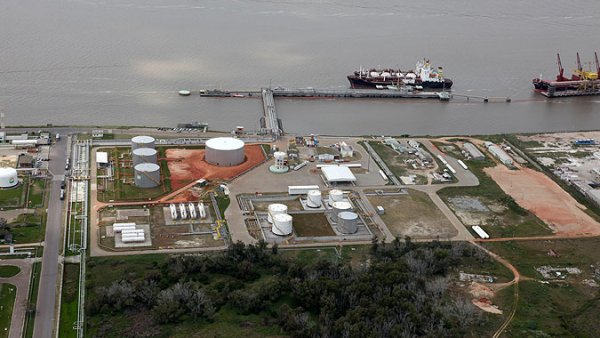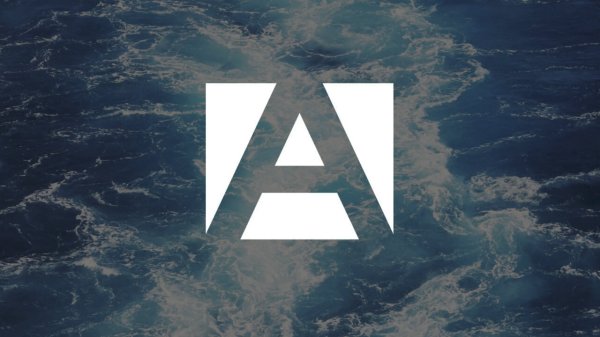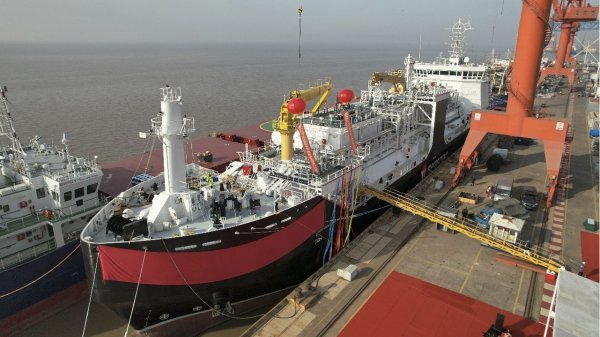Bunkering 'back to normal' in Rio de Janeiro
Vessels can now enter Guanabara Bay and anchor in all permitted areas of the port.
Marine fuel supplier Petroleo Brasileiro (Petrobras) S.A. has confirmed that bunkering operations at Rio de Janeiro are now "back to normal".
During the Olymipic Games (5th to 21st August) and Paralympic Games (7th September to 18th September), there were restrictions in place for marine traffic in Rio, however, now that the Paralympic Games have ended, vessels are now allowed to enter Guanabara Bay and anchor in all permitted areas of the port, Petrobras has explained in an email.
Petrobras supplies 380 centistoke (cSt) intermediate fuel oil (IFO 380), 180 cSt and marine gas oil (MGO) at Rio de Janeiro. At the time of writing, the company is quoting levels of $270.00-271.00 per tonne for IFO 380, $301.50-302.50 per tonne for IFO 180 and $675.50 per tonne for MGO at the port.
Earlier this year, in February, Petrobras added a new double-hull barge to its fleet of vessels in Rio. The MV Luiz Rebelo III has the capacity to load around 1,740 metric tonnes of product and has a pumping rate of 250 cubic metres per hour.
The addition of the MV Luiz Rebelo III came less than five months after the launch of another vessel in Rio de Janeiro, the MV Luiz Rebelo II. The double-hull barge has the capacity to load around 2,300 metric tonnes of product and has a pumping rate of 300 cubic metres per hour. It began operating in Rio de Janeiro in September 2015.
Contact details for Petrobras in Rio have been provided below.
Petrobras Marine
Phone: + 55 21 2166-8377
AOH: +55 21 9 7210 6272
Address:
Av. Henrique Valadares, 28 Torre A 10 andar
CEP 20231-030
Rio de Janeiro - RJ
Brazil
During the Olymipic Games (5th to 21st August) and Paralympic Games (7th September to 18th September), there were restrictions in place for marine traffic in Rio, however, now that the Paralympic Games have ended, vessels are now allowed to enter Guanabara Bay and anchor in all permitted areas of the port, Petrobras has explained in an email.
Petrobras supplies 380 centistoke (cSt) intermediate fuel oil (IFO 380), 180 cSt and marine gas oil (MGO) at Rio de Janeiro. At the time of writing, the company is quoting levels of $270.00-271.00 per tonne for IFO 380, $301.50-302.50 per tonne for IFO 180 and $675.50 per tonne for MGO at the port.
Earlier this year, in February, Petrobras added a new double-hull barge to its fleet of vessels in Rio. The MV Luiz Rebelo III has the capacity to load around 1,740 metric tonnes of product and has a pumping rate of 250 cubic metres per hour.
The addition of the MV Luiz Rebelo III came less than five months after the launch of another vessel in Rio de Janeiro, the MV Luiz Rebelo II. The double-hull barge has the capacity to load around 2,300 metric tonnes of product and has a pumping rate of 300 cubic metres per hour. It began operating in Rio de Janeiro in September 2015.
Contact details for Petrobras in Rio have been provided below.
Petrobras Marine
Phone: + 55 21 2166-8377
AOH: +55 21 9 7210 6272
Address:
Av. Henrique Valadares, 28 Torre A 10 andar
CEP 20231-030
Rio de Janeiro - RJ
Brazil

|
IMO approves pricing mechanism based on GHG intensity thresholds
Charges to be levied on ships that do not meet yearly GHG fuel intensity reduction targets. |
|
|
|
||

|
VARO Energy expands renewable portfolio with Preem acquisition
All-cash transaction expected to complete in the latter half of 2025. |
|
|
|
||

|
NYK trials biofuel in milestone coal carrier test
Vessel is used to test biofuel for domestic utility company. |
|
|
|
||

|
H-Line Shipping orders LNG bunkering vessel
Vessel with 18,000-cbm capacity to run on both LNG and MDO. |
|
|
|
||

|
How to engineer and manage green shipping fuels | Stanley George, VPS
Effective management strategies and insights for evolving fuel use. |
|
|
|
||

|
Swedish government bans scrubber wastewater discharges
Discharges from open-loop scrubbers to be prohibited in Swedish waters from July 2025. |
|
|
|
||

|
MAN Energy Solutions achieves 100% load milestone for ammonia engine
Latest tests validate fuel injection system throughout the entire load curve. |
|
|
|
||

|
Petrobras secures ISCC EU RED certification for B24 biofuel blend at Rio Grande
Blend consisting of 24% FAME is said to have been rigorously tested to meet international standards. |
|
|
|
||

|
Stolt-Nielsen to fully control Avenir LNG with acquisition
Share purchase agreement to buy all shares from Golar LNG and Aequitas. |
|
|
|
||

|
Bureau Veritas supports launch of CIMC SOE's LNG bunkering vessel
Handover of Seaspan Energy's cutting-edge 7,600-cbm vessel completed. |
|
|
|
||
Related Links
- · Petrobras: No enquiries due to Olympic Games [Insights]
- · Petrobras starts selling RMK 500 in Santos [Insights]
- · Agreement to sell Petrobras Chile is signed [Insights]
- · Bahia Blanca refinery sold in Petrobras Argentina divestment [Insights]
- · Petrobras adds bunker barge in Rio de Janeiro [Insights]
- · Brazil [Directory]
- · Rio de Janeiro [Directory]

